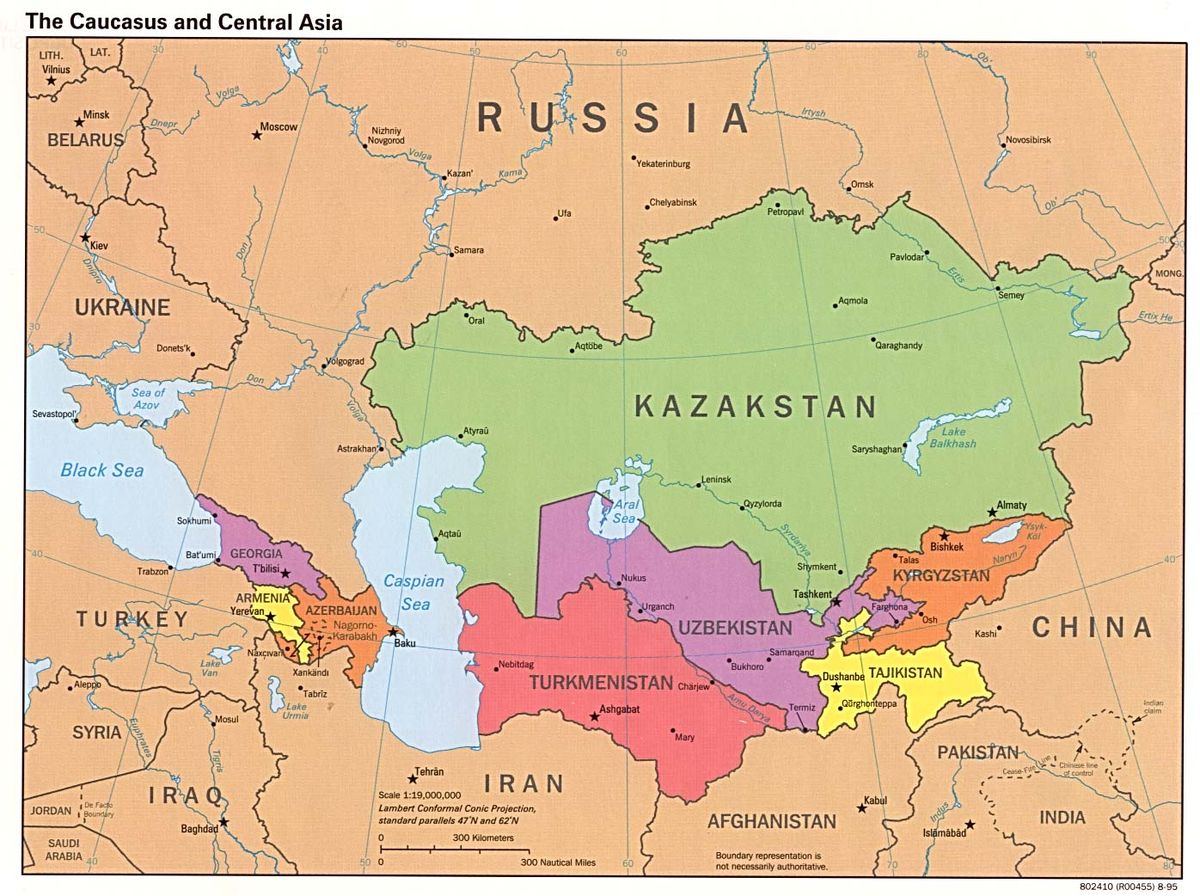
The Great Game Returns to Central Asia
Last Updated on April 20, 2024 7:36 am
The Great Game is playing out once again in Central Asia, but it is getting a new name and adopting a different set of rules. Economics, not politics, is defining the terms of the current superpower competition for regional influence, according to a report prepared by a Kazakh research institute.
There is a key difference governing the global rivalries in Central Asia in the 19th and 21st centuries: these days, regional states, not outsiders, wield the more influence over potential outcomes, according to the report, titled Pursuing Multi-Vectorism Through Business Diplomacy: The Path for Central Asia. The report was published by the Talap Center for Applied Research.
“The region, previously the theater of the Great Game in the confrontation of superpowers, is now trying to become an opportunity zone,” the report states.
Russia’s unprovoked attack on Ukraine in 2022, and the imposition of Western sanctions to punish Russian aggression, changed Central Asia’s geopolitical dynamics by reanimating US and European Union interest in the region. By extension, Russia’s actions encouraged the diversification of trade and investment, changing East-West trade patterns connecting China and Europe. Sanctions have diminished the utility of the Northern Corridor via the trans-Siberian railway, while providing impetus for the growth of the Middle Corridor via Central Asia.
These changes have shifted Central Asia’s center of geo-economic gravity. China has eclipsed Russia as the region’s largest trade partner, while the overall trend is toward diversification of trade partners. The West’s share of Central Asian trade under the present dynamic is set to keep rising.
“The trade and investment dynamics in the region show a significant shift of diversification with non-traditional markets of Europe, North America, South Asia, and the Middle East since 2022,” the Talap report notes. “This has become possible due to a traditional, multi-vector policy for the region, which, under the stress of escalating conflicts, was transformed into a policy of emphatic non-alignment – a firm rejection of any involvement in the conflict.”
The report notes that the contacts between the European Union and Central Asian states have “have gained a special dynamism” since the start of the Russia-Ukraine war. It also notes that public opinion in the region indicates that a majority of regional residents do not want to get dragged into the confrontation between the West and Russia, which is supported by China.
The prevailing circumstances have forced Central Asian states to “balance a genuine interest in developing their ties with the Western world while being surrounded by Iran, Afghanistan, China, and Russia, countries with which the West has strained and even tense relations,” the report says.
Maximizing economic multi-vectorism will require some work by Central Asian governments to enhance the predictability of the regional business climate. Vaguely defined trade rules and property rights, along with the unreliability of regional judicial systems, remain big impediments to Western investment. The lack of mechanisms to enforce contracts or resolve corporate disputes also constitutes an investment barrier. In addition to bolstering the independence of the judicial system, the Talap report recommends reforms to regional tax codes to foster more “equitable” business environments.
“The investment climate in Central Asia reflects a difficult balance between the determination of governments to take advantage of growing interest in the region and the inertia of institutional barriers,” the report states. “To take advantage of these opportunities, the countries of the region have to address existing institutional and regulatory barriers for both domestic and international companies and investors, strengthen the rule of law, enforce fair and open competition, implement business friendly tax regulations, and align trade, customs and logistical standards.”






